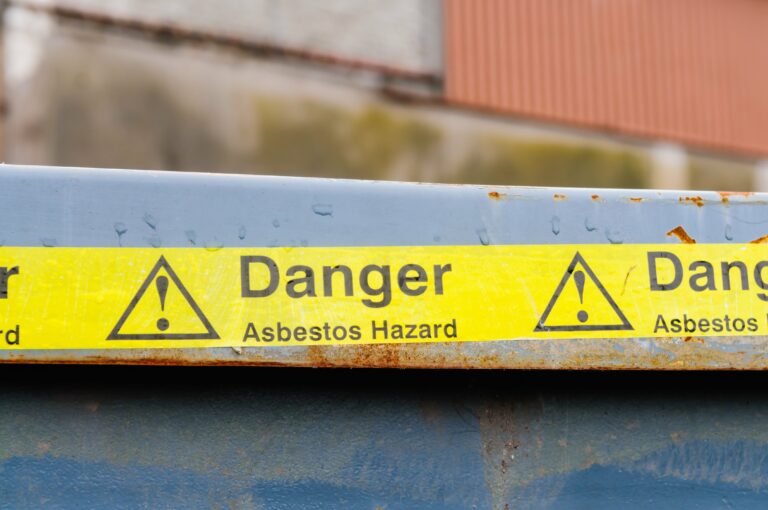BLOG
School trips | Staff to pupil ratios explained
Written on 17 June 2022

There’s often confusion and conflicting information surrounding appropriate staff to pupil ratios for educational visits.
It’s important to remember that even though there are no requirements that are prescribed in law, conducting a detailed risk assessment should provide a clear indication of the appropriate ratios required.
According to guidance from the Education Authority, supervision ratios for school trips should relate to:
- The category of educational visit;
- The specific educational objective(s); and
- The outcome of a risk assessment.
HSE
The more time the better
Determining the appropriate level of supervision well in advance of the trip taking place will allow enough time for staff to volunteer to take part in the trip.
It will also provide plenty of notice for you to involve volunteers, e.g. parents or governors. As part of this process, you should then assign each person clearly defined roles as identified by your risk assessment.
Do you need support?
Speak to us for an honest, no obligation chat on:
0345 226 8393 Lines are open 9am – 5pm
Carrying out a risk assessment for a school trip
There are many factors that need to be taken into consideration when carrying out a risk assessment for a school trip. The safety of pupils, colleagues and volunteers should always be at the forefront of your mind throughout the process, but it is also vital to ensure your focus is on reducing real risks.
There’s often a tendency for schools to be too restrictive or simply not run a school trip due to fears of prosecution if the trip goes wrong, and the belief that a teacher will be sued if a child is injured.
Remember, you are not expected to completely eliminate all risks. A risk assessment is intended to ensure that children aren’t unnecessarily exposed to things that could cause them harm. It’s also a way of demonstrating that you have done all you can to keep them safe.
We have produced a short guide which breaks down the key information you need to know from a health and safety perspective when preparing for a school trip, which should give you some clear guidelines to work towards when completing a risk assessment.
Guide to Safe School Trips
Created by our Health & Safety specialists, this helpful guide explains how to plan and run safe and successful
school trips, including getting the balance between safety and learning, low-risk vs high-risk trips, and steps to take before, during and after.
Identifying the level of supervision required
Guidance from the Outdoor Education Advisers’ Panel (OEAP) says that “ratios are a risk management issue, and should be determined through the process of risk assessment”. The OEAP goes on to say that “it is not possible to set down definitive staff/student ratios for a particular age group or activity, although the law does specify minimum ratios for early years”.
However, based on the findings of your risk assessment, you should be able to establish the staff to pupil ratio required by taking into account the following factors:
- The nature and location of activities to be undertaken;
- The age and ability of the group;
- Pupils with special educational and/or medical needs;
- Whether it is a day visit or overnight stay;
- Whether it is a mixed or single-gender group;
- The experience of supervisory staff in providing off-site supervision;
- The duration and nature of the journey;
- The type of any accommodation;
- The competence of supervisory staff, both general and in relation to specific learning activities;
- The requirements of the organisation/ location to be visited;
- The competence and behaviour of the pupils;
- The likely weather conditions and time of year;
- The duration and location of planned activities; and
- First aid cover.
Further considerations also include whether the pupils require close (direct) supervision for the duration of the visit, in which case the staff to pupil ratio will be greater.
Alternatively, if you don’t intend for pupils to be directly in your line of vision for the duration of the trip, then less supervision will be required. However, trip leaders will still need to remain in the area in which the activity is taking place at all times.
In the event of a pupil or trip leader needing to vacate the trip early, the appropriate ratios will still need to be maintained. For example, a trip leader may need to accompany a pupil to hospital or attend a personal emergency. This should be taken into consideration when planning your visit.
High-risk activities may require direct supervision at all times and therefore a higher staff to pupil ratio should be adhered to.
Additional requirements for residential trips
Vetting procedures for volunteers
If you’re inviting volunteers such as parents or governors to assist with supervising pupils during a school trip, then you must adhere to the DE Circular 2012/19 with regards to vetting checks for volunteers working in schools. This must be followed when arranging trips for all groups of pupils under the age of 18.
Related Content

FREE WEBINAR
Breakfast Briefing for School Leaders | Legally Compliant Recruitment and Safe School Trips
Need support running safe school trips?
Running school trips can cause an unnecessary headache if you’re unsure of the processes and procedures which need to be adhered to. There is a wealth of information available to support you, but often simply being able to pick up the phone to an experienced professional can provide you with the peace of mind you need to arrange successful school trips which greatly benefit your pupils.
Our Health & Safety Consultants work closely with hundreds of independent schools and academies to support them with all aspects of health and safety – from completing annual audits to fire risk assessments and everything in between.
Find out more about our unlimited, fixed-fee service or call 0345 226 8393 to speak to one of our friendly team.











